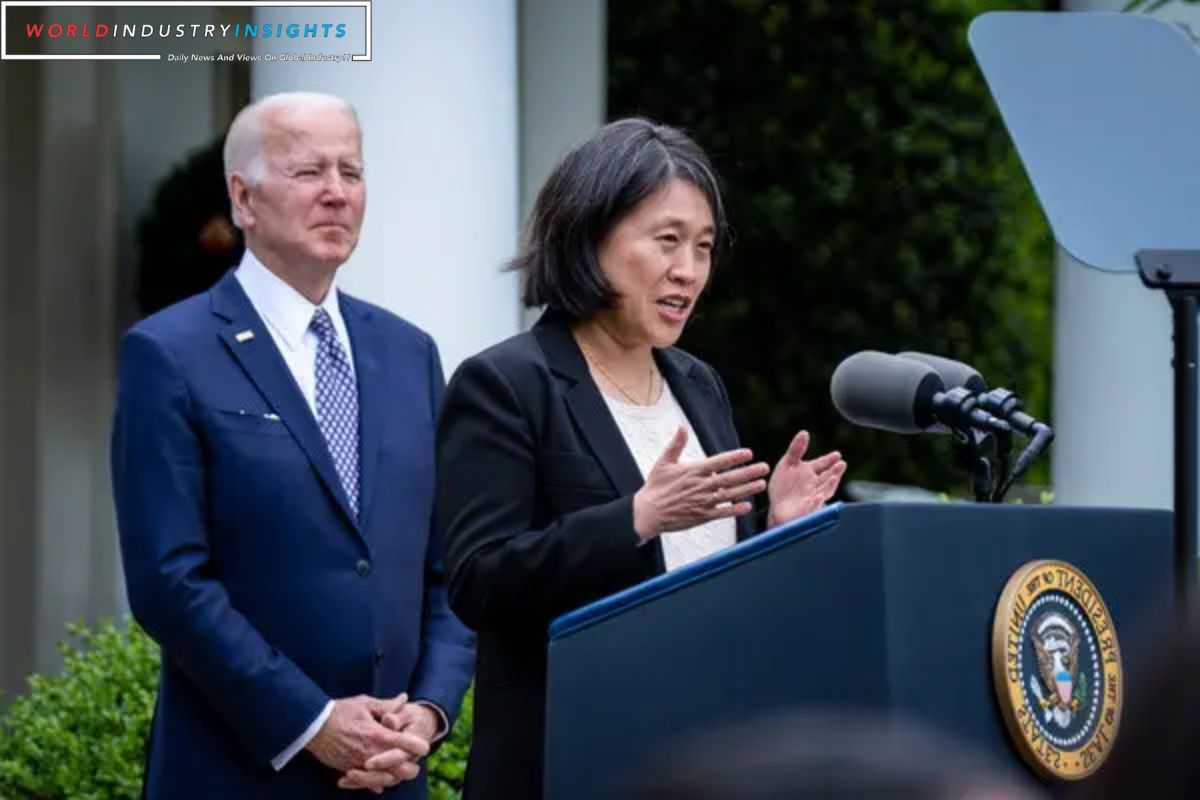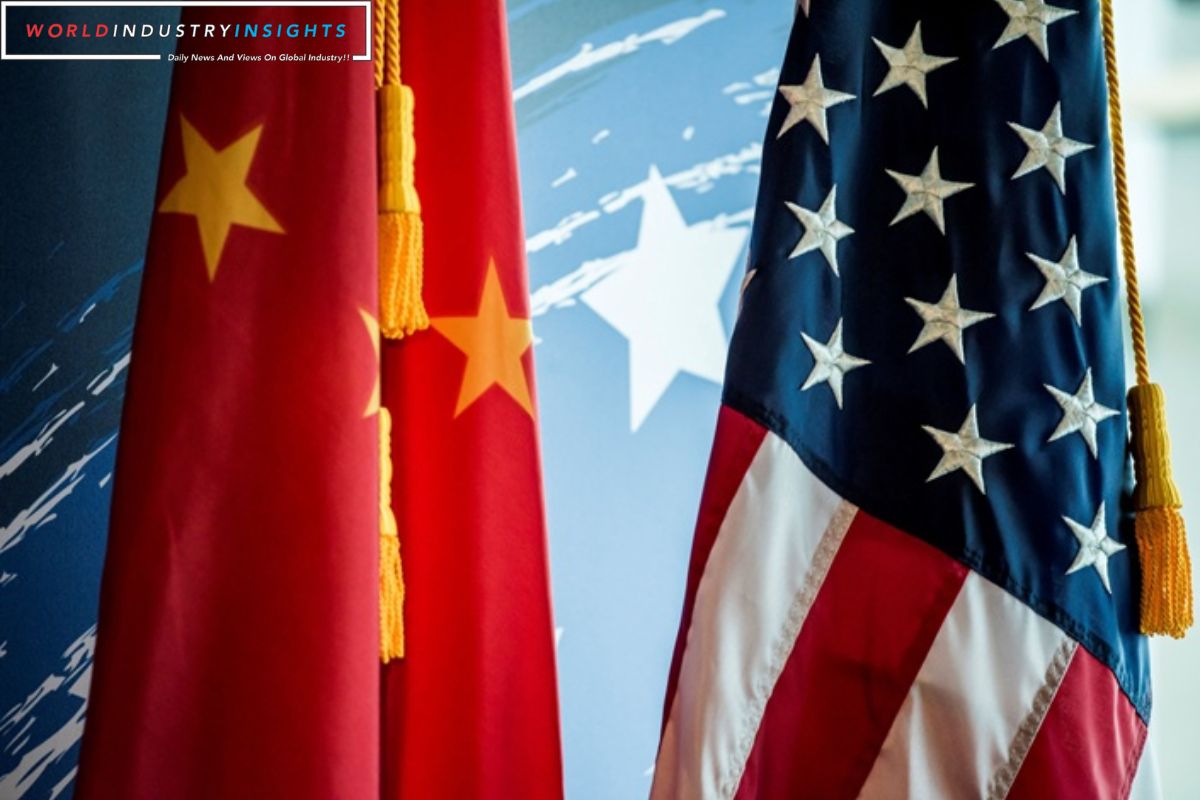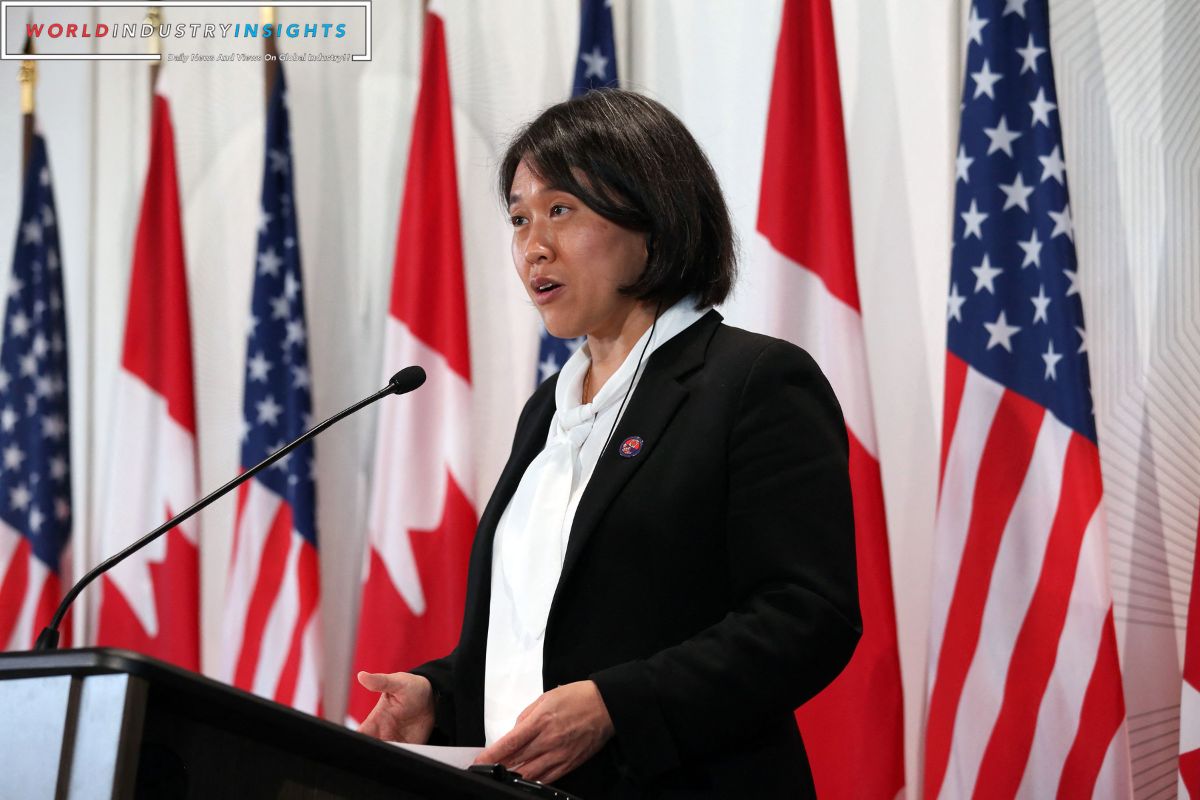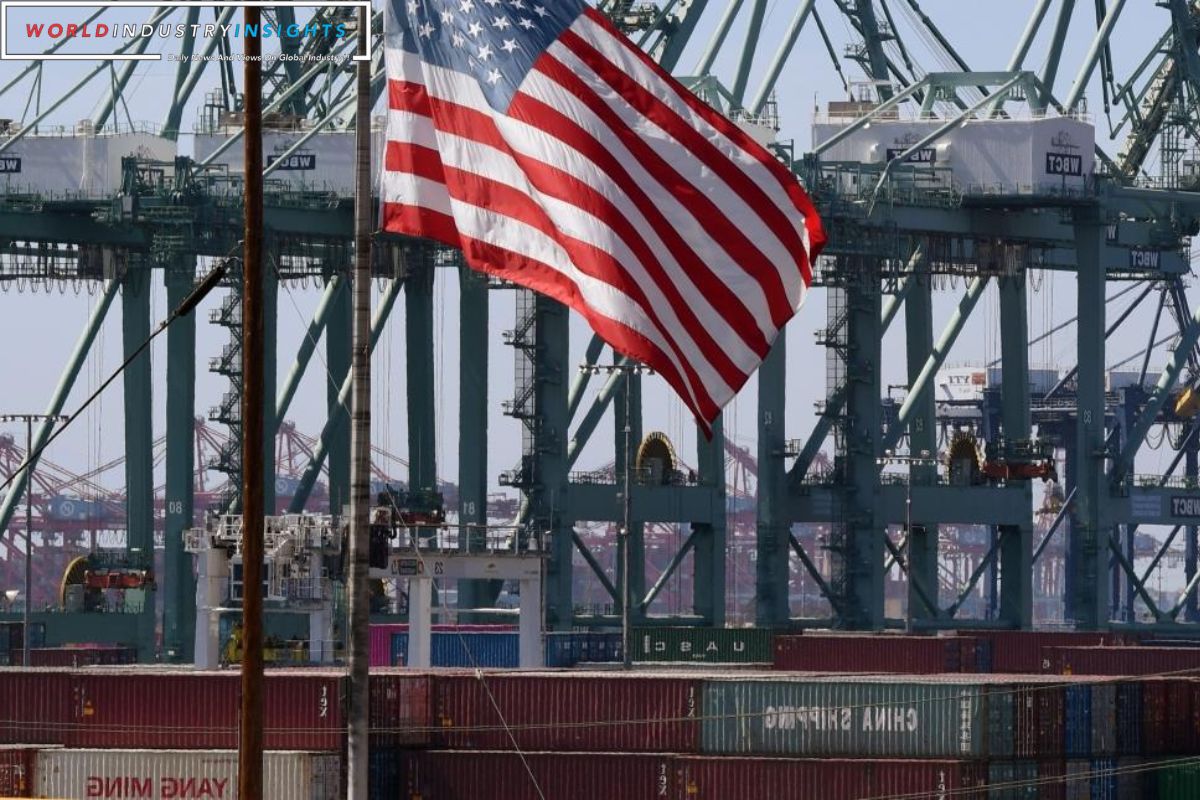US Prolongs Tariff Relief: The recent extension of tariff relief for select Chinese imports until 2024 by the United States has significant implications for the ongoing trade relations between the two economic powerhouses.
The decision to prolong the Section 301 tariff exclusions is not only informative but also reflective of the Biden administration’s approach to handling trade disputes.
By delving into the details of these exclusions, understanding the background of Section 301 tariffs, and exploring the strategic implications of this extension, we can gain a deeper understanding of the geopolitical context and the potential future considerations for trade between the U.S. and China.
Key Takeaways
- The tariff exclusions on 352 Chinese imports and 77 COVID-19-related categories have been extended until May 31, 2024, providing relief for businesses and consumers.
- The extension reflects a strategic move by the United States, demonstrating a commitment to supporting public health efforts and allowing sectors to remain competitive in the market.
- The Biden administration has chosen to maintain the additional tariffs imposed by the Trump administration, signaling a continuation of addressing China’s trade practices and introducing new restrictions on the export of advanced semiconductors and related equipment.
- The extension of the tariff relief reflects a nuanced approach to managing the economic and political dynamics between the U.S. and China, allowing for continued evaluation and potential negotiations for new agreements.
Extension of China Section 301 Tariff Exclusions
The extension of China Section 301 tariff exclusions until May 31, 2024, announced by U.S. Trade Representative Katherine Tai, aims to address unfair trade practices by leveraging the provisions of the Trade Act of 1974. These exclusions cover 352 Chinese imports and 77 COVID-19-related categories and were initially implemented by the administration of former President Donald Trump in 2018 and 2019.
The extension provides much-needed relief for businesses and consumers, allowing them to continue importing these goods without facing additional tariffs. It also serves as a strategic move by the United States to maintain leverage in negotiations with China and to level the playing field in terms of trade practices.
Also Read: Europe Diplomatic Odyssey: Navigating the Choppy Waters Between China and the U.S
Details on Tariff Exclusions
Amidst the ongoing discussions surrounding tariff exclusions, the details of the exclusions offer crucial insights into the specific industrial components and COVID-19-related categories that will continue to benefit from the extended relief.
The extended tariff exclusions cover a wide range of industrial components, including pumps, electric motors, car parts, chemicals, bicycles, and vacuum cleaners. This demonstrates the breadth and depth of the relief provided to these sectors, allowing them to remain competitive in the market.
Additionally, the extension encompasses COVID-19-related categories, such as medical products like face masks, examination gloves, and hand sanitizing wipes. This recognition of the importance of these items during the ongoing pandemic shows a commitment to supporting public health efforts.
Background on Section 301 Tariffs and Biden Administration Position
In light of the ongoing discussions surrounding tariff exclusions, it is crucial to understand the background on Section 301 tariffs and the Biden administration’s position on this matter. Here are the key points to consider:
- Trump’s tariffs: The Trump administration imposed tariffs on thousands of imports from China, amounting to around $370 billion. These tariffs were a response to China’s unfair trade practices, including intellectual property theft and technology coercion.
- Biden’s stance: President Joe Biden has chosen to maintain the additional tariffs imposed by his predecessor. This decision reflects a continuation of the administration’s commitment to addressing China’s trade practices, particularly in the areas of intellectual property and technology transfer.
- New restrictions: In addition to the existing tariffs, the Biden administration has introduced new restrictions on the export of advanced semiconductors and related equipment. These measures are driven by security concerns and aim to protect sensitive technologies from falling into the wrong hands.
Strategic Implications of the Extension
The extension of tariff exclusions for select Chinese imports until 2024 presents significant strategic implications for the United States and its ongoing trade relationship with China. This decision reflects a nuanced approach to managing the economic and political dynamics between the two countries. By extending the tariff relief, the U.S. is signaling a willingness to maintain a level of stability in trade relations, while also allowing for continued evaluation and adjustment.
This move aligns with the broader strategic considerations of the U.S. in its trade policies with China, emphasizing the importance of balancing economic interests with geopolitical concerns. It also provides a timeframe for both nations to reassess their trade practices and potentially negotiate new agreements that address longstanding issues. This extension demonstrates a measured approach to trade relations, aiming to promote economic growth while safeguarding national interests.
| Strategic Implications | Analysis |
|---|---|
| Stability in trade relations | Indicates a desire to avoid further escalation of tensions |
| Continued evaluation and adjustment | Allows for flexibility in responding to changing dynamics |
| Balancing economic interests with geopolitical concerns | Acknowledges the multifaceted nature of the relationship |
Geopolitical Context and Future Trade Considerations
Considering the complex and multifaceted nature of the U.S.-China relationship, it is imperative to carefully examine the geopolitical context and future trade considerations in order to navigate the challenges ahead. Here are three key points to consider:
- Geopolitical tensions: The strained relations between the U.S. and China extend beyond trade issues and encompass a range of contentious matters. These include Taiwan, allegations of spying, human rights concerns, and the origins of the COVID-19 pandemic. These geopolitical tensions create a challenging environment for trade negotiations and require a comprehensive approach to address the broader relationship.
- Global influence: The U.S. and China are two major global powers with significant economic and geopolitical influence. As they navigate their trade relationship, both countries must consider the potential impact on their respective positions in the international arena. Balancing economic interests with broader strategic objectives will be crucial for both parties.
- Future trade considerations: The extension of tariff relief for select Chinese imports until 2024 provides an opportunity for continued evaluation and potential adjustments. It is essential for both the U.S. and China to engage in constructive dialogue and negotiations to address trade imbalances, intellectual property concerns, and market access issues. Finding mutually beneficial solutions will be key to fostering a more stable and sustainable trade relationship between the two nations.
Navigating the complexities of the U.S.-China relationship requires a nuanced understanding of the geopolitical context and a strategic approach to future trade considerations. Both countries must work together to find common ground and resolve their differences in order to promote economic growth, stability, and global prosperity.
Conclusion Of US Prolongs Tariff Relief
The recent decision by the U.S. to extend tariff relief for select Chinese imports until 2024 carries significant strategic implications. This move showcases the Biden administration’s approach to balancing economic interests and geopolitical considerations.
By granting these exclusions, the U.S. aims to maintain stability in trade relations with China while also safeguarding domestic industries.
However, this decision should be viewed within the larger context of the evolving geopolitical landscape and future trade considerations, as it may have broader implications for global trade dynamics.
Our Reader’s Queries
Did the US reinstate tariff exemptions on more than 350 Chinese imports?
The U.S. Trade Representative Katherine Tai’s office has extended the China “Section 301” tariff exclusions on 352 Chinese imports and 77 COVID-19-related categories until May 31, 2024. This move aims to provide relief to American businesses and consumers who have been affected by the ongoing trade tensions between the two countries. The extension will allow companies to continue importing these goods without paying additional tariffs, which will help them to remain competitive in the global market.
Did the US extend tariff exclusions on some Chinese import categories through end of 2023?
The US Trade Representative’s Office has extended the reinstated and COVID-related exclusions in the China Section 301 Investigation until May 31, 2024. These exclusions were originally set to expire on December 31, 2023.
Did Section 301 tariffs expire?
The USTR has declared that the current exclusions from the China Section 301 investigation tariffs will be extended until May 31, 2024. This announcement was made on December 26, 2023, and the previous expiration date of December 31, 2023, has been pushed back.
What is the current tariff rate in the US?
Industrial goods imported into the United States are subject to a trade-weighted average import tariff rate of 2.0 percent. However, it’s worth noting that half of all industrial goods imports are exempt from any duty fees.




